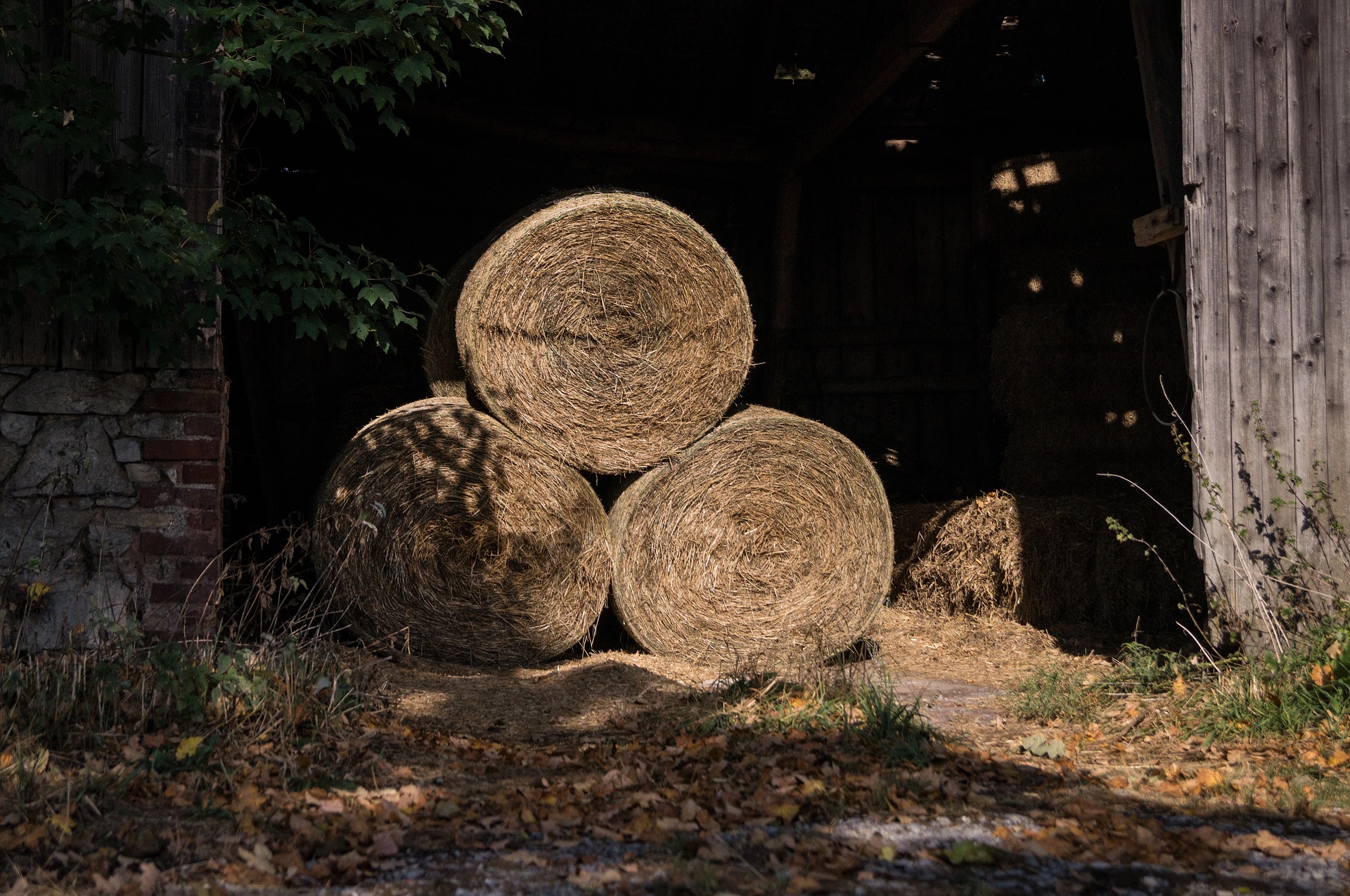From Standing Forage to Livestock Feed: How to Make a Healthy Transition
A critical issue that forage growers face is converting high quality standing forage from the field into quality livestock feed suitable for storage. To meet this challenge, carefully timed management is necessary.
Many growers harvest and store alfalfa or grass silage as baleage. The advantages of doing so are clear – less drying time and less investment in terms of machinery and storage. In some cases, the same baler can be used for dry or moist forage and if the baleage is high-quality, it can be stored and used as livestock feed.
However, achieving such results is not easy. Further, if not done properly, harvesting and storing alfalfa or grass silage as baleage can backfire causing issues such as erratic feed intake, variations in milk yield and health problems.
When alfalfa or grass silage is going to be baled at 50 to 60 percent moisture, it is important not to go above these levels. Baling when forage is too moist leads to low quality silage. Too dry and there will be delayed fermentation, a higher pH and a drop in lactic acid production.
What follows are some general guidelines to produce high quality bale silage:
- Always wrap when the moisture content is between 50 to 60 percent
- Do not mow or harvest a crop area larger than can be handled at one time
- Ensure that forage species and soil fertility are consistent across fields
- Make sure that baleage is not the only forage fed, add other forages in the feed
- Organize and store the bales by field and cutting
- Work for a representative, composite forage sample when balancing rations
After following these guidelines, it is still important to store silage in a way that allows it to retain its high quality. This includes storing within two hours of wrapping and in a dry area away from pests and rodents. Stacking wrapped bales is not recommended as this can cause the bales to be crushed and the wraps may be broken.
In the quest for high-quality forage, baleage is a viable option. The key is managing and storing it correctly, so it meets the needs of your livestock. Otherwise, it is time and money wasted.

